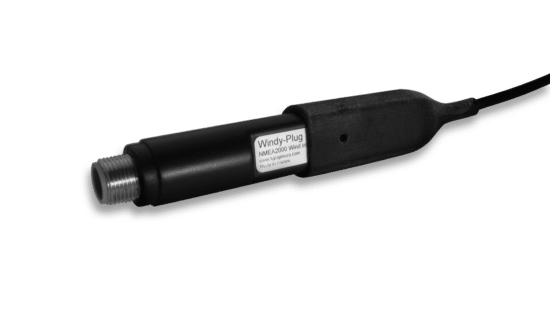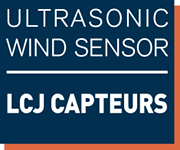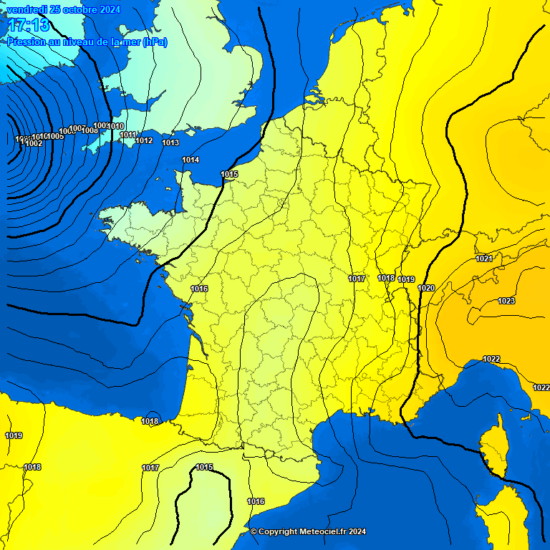31 Oct The new generation WindyPlug interface is now Wireless
Once again, LCJ Capteurs R&D office innovates. Still compatible with the entire range of CV7 ultrasonic wind sensors, WindyPlug is now wireless, which enables incredible ease of use.
WindyPlug : what are we talking about ?

WindyPlug, NMEA2000 interface for ultrasonic wind vane-anemometers with integrated barometer
In 2016, LCJ Capteurs developed this compact, lightweight and very economical
interface with integrated barometer.
With only 35 grams of material and 13 cm
in length, WindyPlug was already a powerful instrument which takes up really
little space.
“I dreamed of it, and someone did it, thank you”
Example of a period of strong depression measured on February 7, 2017 in Vertou by the WindyPlug
Compatible with all NMEA2000 equipment, with a simple cable connection and requiring no third-party tools, the WindyPlug allowed to transform NMEA0183 wind data (language standard used by LCJ Capteurs), transmitted by the CV7 wind sensor. The user could thus read all anemometric data such as wind speed, angle or temperature, but also atmospheric pressure, directly on their MFD (multifunction display).
A Plug and Play device
PnP is the short for “Plug and Play”. It refers to a device allowing operating systems to quickly and automatically recognize compatible peripherals upon connection. A real time saver and simplified use that is highly appreciated in the nautical sector. Experience shows an operation lasting five minutes on average. More concretely, when you receive the interface you only have to plug it in to take full advantage of your ultrasonic wind vane-anemometer (you can also benefit of the CV7 + WindyPlug pack offer).
At one end of the device there are connectors with a color code reminiscent of those of the terminals (crimped tips) located at the end of the cable supplied with the CV7 wind sensor, in order to simplify installation. And on the other end, there is a male plug that connects to the female plug of one of the T connectors of the NMEA2000 network. A simple installation principle, to be done in complete autonomy and without any tools. As a bonus, WindyPlug does not require any additional maintenance after its installation. Once set, simply power on and a small diode lights up and flashes on the device, confirming that the connection is OK.
France weather map with isobars
An integrated precision barometer!
A barometer is essential on a boat, it is even mandatory. It measures the atmospheric pressure and provides a weather trend. Thus making it possible to anticipate meteorological phenomena such as an impending storm, and to be able to situate oneself in relation to the depression and act accordingly. More precisely, it indicates the angle of the atmospheric pressure slope in millibars per hour.
A wireless interface
A few years later, LCJ Capteurs is proud to offer a new generation of WindyPlug. With this new version, the principle of use is even more simplified. With a click on his smartphone, the user can access all the anemometric information and configure it as he wishes.
The new WindyPlug, a real facilitator of sea navigation
With these innovations, WindyPlug allows you to take full and safe advantage of our CV7 or CV7-HR ultrasonic wind sensor assets. Beyond this great new feature of being able to configure it directly from your phone, the interface offers significant improvements:
– Adjust the wind angle with one click (mast angle offset)
– Calibrate the atmospheric pressure value.
– Choose version V2 or V3 (knowing that the first one displays the atmospheric pressure in millibars when the second offers it to the tenth of a millibar)
– Set the WindyPlug instance level
– Choose the CV7 or CV7-HR transmission speed
Revise your Morse code before meeting us at the METS show in Amsterdam, you may need it.
If you are curious to know more, do not hesitate to make an appointment during this event to enjoy a live demonstration by a member of our team.…
…Why two language standards on a boat?
It would be legitimate to ask why we did not directly opt for sensors using the NMEA2000 language standard for our CV7 wind sensors?
There are two reasons for this: The NMEA0183 protocol allows the use of very thin and very light cable. Weight is an almost essential parameter for boats, especially racing boats, knowing that we have to compensate the equivalent of the sensor weight on the mast, in the keel.
Another major argument is that the cable transmitting data in NMEA0183 will be able to transmit only wind data. And if any problem were to occur with the cable, this would have no impact on the rest of the boat’s information. Conversely, if this anemometric data were transmitted in NMEA0183, it would then be carried by a common cable grouping all the information on the network called the backbone. And if a problem were to occur on this backbone, this would cause a general breakdown.
On this technical point of NMEA0183 sensors, converted to NMEA2000, at the foot of the mast, LCJ Capteurs has been joined by major marine electronics brands following some disappointments.


